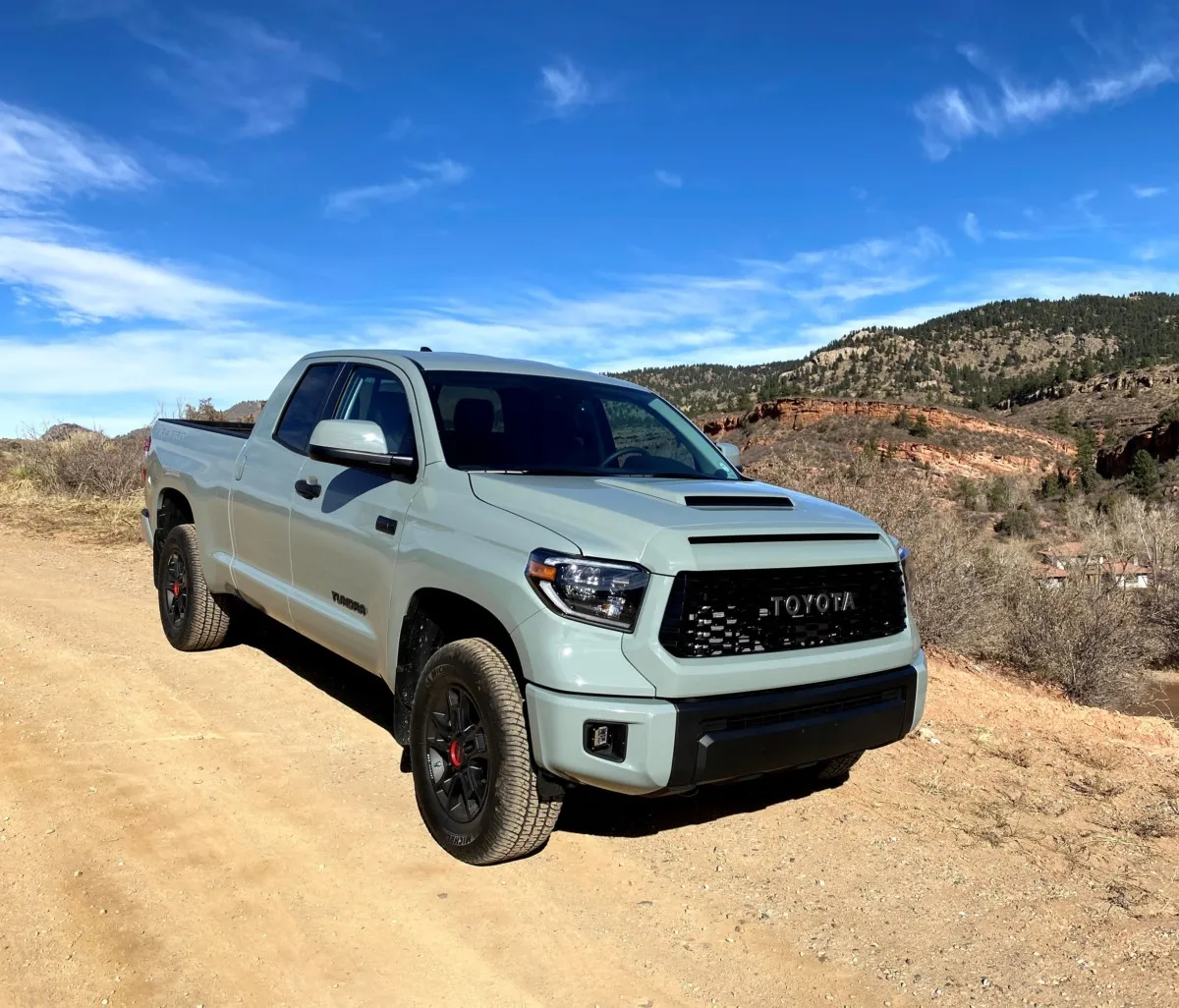In the world of pickup trucks, purchase price is only part of the story. For many buyers, the real cost of ownership extends far beyond the sticker price and initial financing. Depreciation—the loss of vehicle value over time—is a critical factor that often gets overlooked but can significantly impact total ownership costs.
When choosing a truck, whether for work, adventure, or everyday life, understanding which models hold their value and which don’t is essential. This knowledge helps buyers make smarter decisions, ensuring they get the most bang for their buck not only at purchase but years down the line.
Pickup trucks, more than many other vehicles, tend to have unique resale value patterns due to their dual nature as both lifestyle vehicles and workhorses. Some trucks become highly sought-after in the used market because they combine rugged capability, proven reliability, and desirable features that endure over time.
Others face steep depreciation because of brand perception issues, mechanical shortcomings, or simply a lack of demand in the secondhand market. Additionally, the truck segment is highly competitive, with brands and models constantly evolving in technology, design, and performance.
This dynamic marketplace means that trucks that seem like a great deal today might lose value faster than expected, while others can maintain or even increase in desirability.
Resale value is influenced by several factors. First and foremost is reliability. Trucks with a history of dependable engines and transmissions, fewer recalls, and low maintenance costs tend to retain value better.
Buyers are willing to pay a premium for vehicles that promise fewer headaches and lower repair bills. Brands like Toyota and Honda have built reputations over decades for durable pickups that perform well well past 100,000 miles. This longevity instills confidence in used buyers and elevates resale values accordingly.
Next comes brand perception and market presence. Trucks from well-established manufacturers with extensive dealer networks, abundant parts availability, and strong customer loyalty tend to depreciate less.
Models like the Ford F-150 and Chevrolet Silverado dominate sales and ownership for a reason—they are known, trusted, and supported. Conversely, trucks with smaller market shares or inconsistent model histories often lose value quickly because buyers worry about long-term support and resale prospects.
Trim level and features also matter. While luxury trims with leather, advanced tech, and off-road packages may cost more upfront, they don’t always hold their value proportionally in the used market. Practical, well-equipped trims often strike the best balance between desirability and depreciation.
For example, a mid-tier trim with proven engine options and a reputation for reliability can outperform a fully loaded luxury model in terms of resale.
Another often overlooked factor is how trucks are used. Work trucks with heavy mileage and wear naturally depreciate faster than lightly used personal vehicles.
Fleets and rental companies often buy lower trims in bulk, flooding the used market and driving prices down. This creates opportunities for savvy buyers but also lowers average resale values for those specific configurations.
This article explores five pickup trucks that stand out for their impressive ability to retain value over five years, and five that notoriously lose nearly half their value during the same period. By examining these models’ strengths and weaknesses, we aim to provide a clearer picture of the factors that drive resale value in this popular segment.
Whether you’re a first-time truck buyer, a seasoned enthusiast, or a business owner looking for a smart investment, understanding these trends will help you make informed choices and get the best possible return on your purchase.
ALSO READ: 5 Used Cars That Feel Like Bargains and 5 That Are Hidden Traps
5 Pickup Trucks with the Highest Resale Value After 5 Years
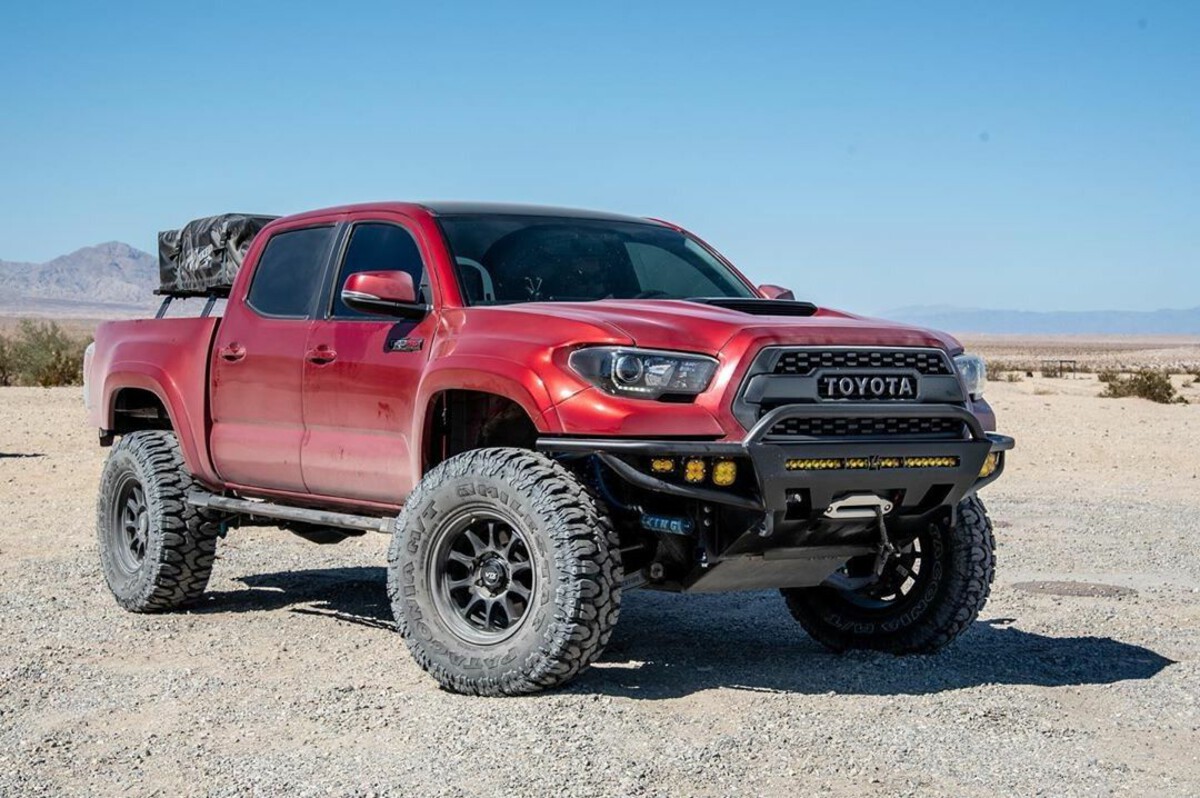
1. Toyota Tacoma
The Toyota Tacoma has carved out an almost mythical status in the world of pickup trucks. It is not only one of the most popular midsize trucks sold in North America, but also arguably the most trusted name in long-term durability.
Its value retention over a five-year period is nothing short of exceptional—often holding up to 75% of its original MSRP, depending on the trim, mileage, and condition.
This is largely because the Tacoma is engineered with simplicity and endurance in mind, making it a favorite among adventurers, off-road enthusiasts, and those needing a reliable mid-size utility vehicle.
Mechanically, the Tacoma is built to last. It comes with a 2.7-liter 4-cylinder or a 3.5-liter V6 engine, both of which are known for their longevity and low maintenance requirements. The V6, in particular, is a favorite among those who need moderate towing capacity and consistent performance without worrying about major repairs.
The six-speed manual transmission—still available in some trims—offers more control to off-road drivers, while automatic models are equally dependable. It’s not a truck loaded with cutting-edge tech, but for many, that’s a positive—it means fewer electronics to malfunction over time.
Off-road trims like the TRD Off-Road and TRD Pro are particularly sought after in the resale market. Their capability on tough terrain, combined with the Tacoma’s light size and high ground clearance, make them attractive to used truck buyers who want something trail-ready without major modifications.
Features like crawl control, multi-terrain select, and Fox shocks (on the TRD Pro) enhance this off-road reputation, while Toyota’s build quality keeps the vehicle solid even after years of punishment.
Additionally, Toyota’s overall brand strength feeds directly into Tacoma’s resale value. Toyota’s reputation for reliability isn’t just a marketing gimmick—it’s backed by decades of consumer experience and third-party reliability studies.
The resale market reflects this confidence, as buyers are often willing to pay more for a used Tacoma with 50,000–100,000 miles than they are for a new competitor model with similar capabilities. Even Tacomas with over 150,000 miles can sell for surprising prices, which is nearly unheard of in the truck market.
In the end, the Tacoma’s combination of smart engineering, brand trust, and true utility create a vehicle that transcends fads and trends. It’s a truck that doesn’t try to be everything—it sticks to what works, and it works well. For those who want a safe investment in a midsize truck, few options come close to matching the Tacoma’s long-term value.
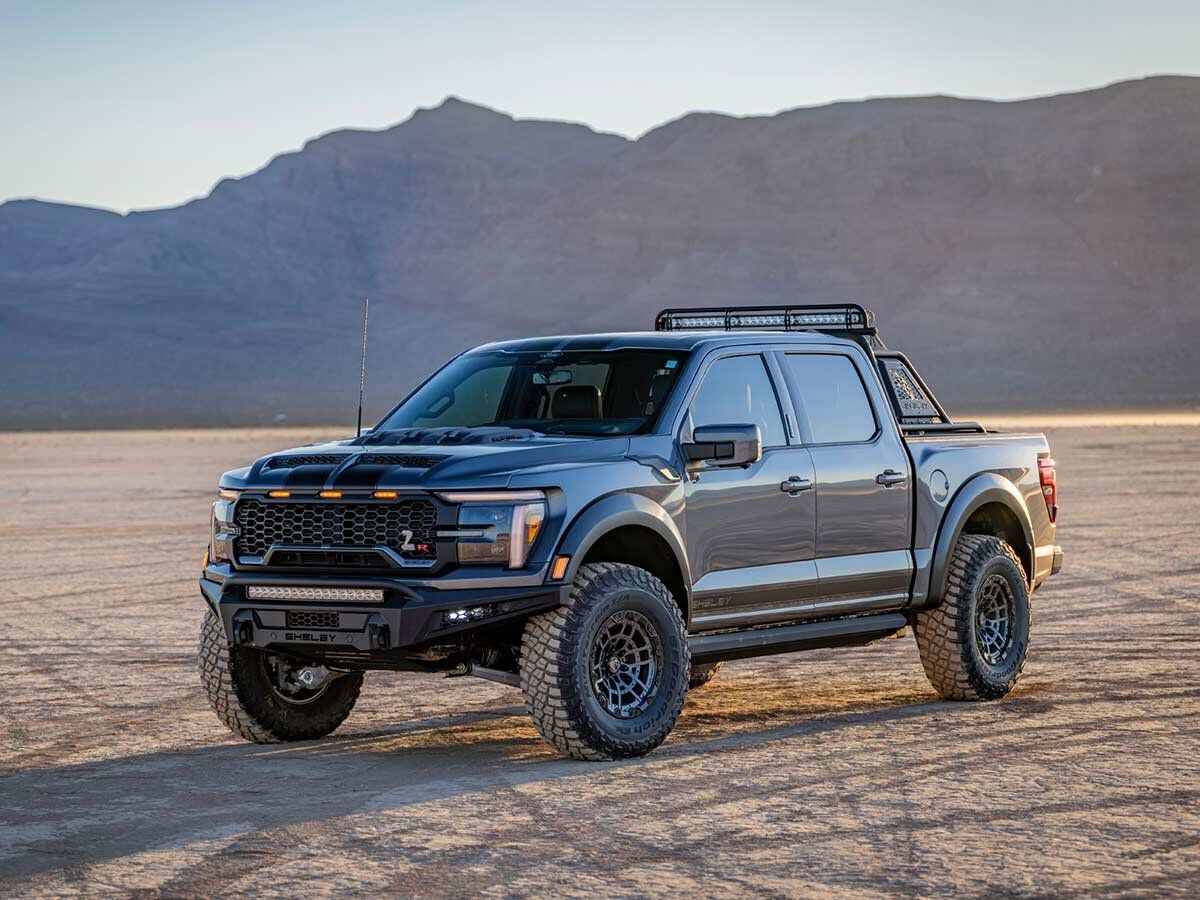
2. Ford F-150
The Ford F-150 is more than just the most sold truck in America—it’s a benchmark for what a full-size pickup can offer. Over the years, the F-150 has evolved through countless configurations, powertrains, and technology packages, yet it has maintained a strong resale value across many of its most popular trims.
After five years, well-maintained F-150s, particularly those in the XLT, Lariat, or FX4 configurations, often retain between 60–70% of their original value. That’s a powerful performance for a vehicle class that traditionally sees heavy work use and high mileage.
What drives this resale success is a mixture of innovation and consistency. Ford has made significant investments in improving the truck’s aluminum-alloy body to reduce weight and improve fuel economy, while retaining strength. That decision, initially met with skepticism, has since proven effective both for performance and long-term durability.
Buyers in the used market recognize this innovation and value the F-150’s balance between strength and efficiency. Additionally, Ford offers a wide variety of powertrains, including a strong 5.0-liter V8, twin-turbo EcoBoost options, and even a hybrid variant, giving buyers more tailored choices depending on their needs.
Beyond raw mechanical capability, the F-150 also succeeds in holding value due to its high parts availability and familiarity among mechanics. Whether it’s minor maintenance or major engine work, the F-150 is easy and inexpensive to repair compared to less common trucks.
This reduces long-term ownership costs, further boosting its value in resale calculations. Even high-mileage F-150s can remain attractive if they’ve been well maintained, thanks to the large aftermarket and service support ecosystem behind the model.
Trims that balance work features and comfort tend to perform best in resale markets. Trucks overloaded with luxury features—like the Limited and Platinum trims—tend to depreciate faster due to their higher up-front cost and smaller pool of buyers in the used market. But practical, well-equipped trims like the Lariat and FX4 hit the sweet spot.
These offer leather seats, better infotainment, and towing packages without reaching luxury price points, making them appealing to both business buyers and families.
The F-150’s iconic status contributes greatly to its resale value. It’s not just a vehicle; it’s a known quantity that carries decades of street credibility and trust.
When buyers search for a used full-size pickup, they often start with the F-150 because it feels familiar and dependable. That kind of psychological security translates directly into higher resale prices, making it one of the smartest investments in the truck world.
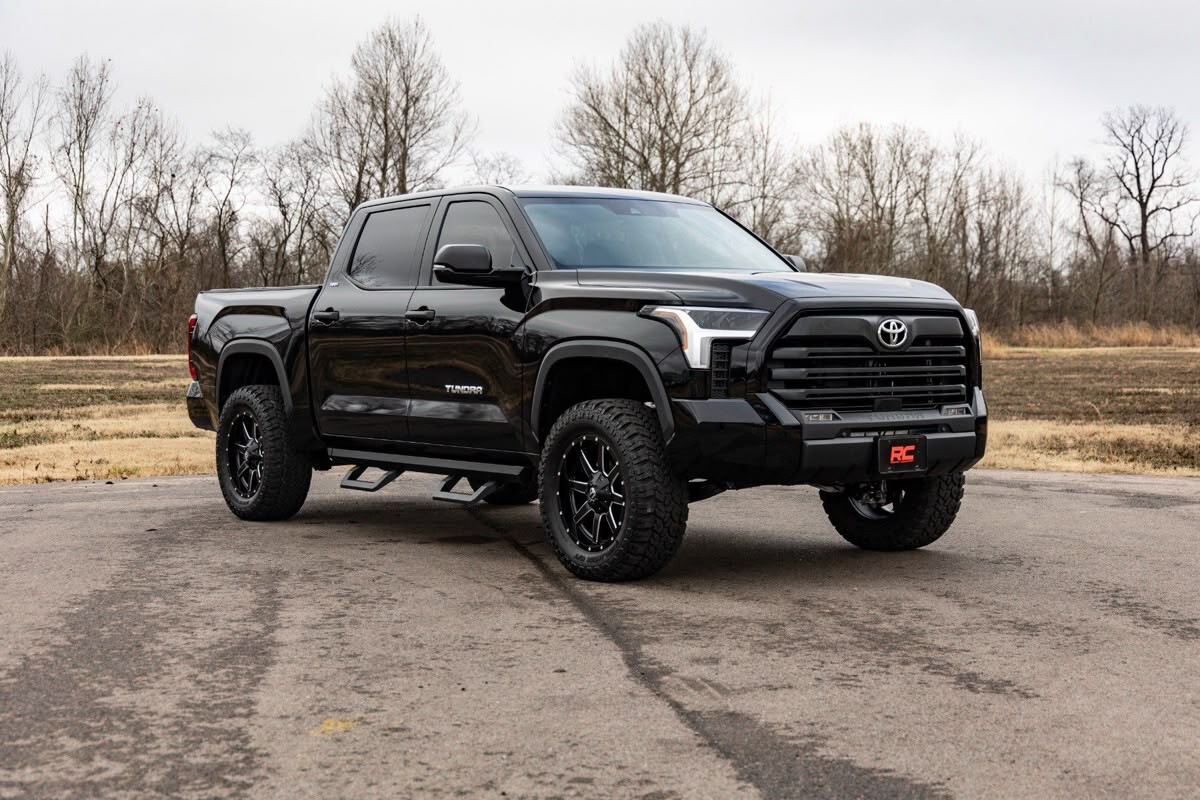
3. Toyota Tundra
Though it doesn’t sell in the same volume as its rivals, the Toyota Tundra commands immense respect in the resale market. Despite being an aging platform, the Tundra has consistently outperformed newer competitors in holding its value.
A well-kept Tundra can retain 65–75% of its value after five years—an impressive figure for a full-size truck that hasn’t seen a full redesign in over a decade (until very recently). This longevity in design, paired with Toyota’s near-legendary reliability, creates a vehicle that’s trusted by long-term owners and sought after in the second-hand market.
At the core of the Tundra’s success is its powertrain. The 5.7-liter i-Force V8 engine is one of the most durable and low-maintenance V8s in the market. It doesn’t offer the best fuel economy or cutting-edge features, but what it does offer is unwavering consistency.
There are countless Tundras on the road today with over 200,000 miles, and they’re still running strong. That kind of reputation isn’t built overnight—it comes from year after year of real-world performance that meets or exceeds expectations.
Another strong point for the Tundra is its simplicity. In an age where trucks are becoming increasingly digital and complex, the Tundra offers a more analog experience. While that might seem like a drawback for new buyers, it’s a huge plus for long-term value.
Fewer electronics mean fewer things that can break. Owners can rely on the mechanical systems to do what they’re supposed to do, year after year. Used truck buyers especially appreciate this, because they know the vehicle has fewer hidden pitfalls as it ages.
The TRD Pro trim in particular is highly coveted on the resale market. With limited production numbers, upgraded suspension, and off-road capability, it attracts a niche group of buyers willing to pay a premium.
Even base SR5 models benefit from the Toyota badge and strong resale culture. In fact, used Tundras in good condition often sell within days of being listed, and dealers frequently search for them to fill their lots. In short, the Toyota Tundra thrives not by being the flashiest or most powerful truck, but by being the most consistent.
Its value retention is driven by a formula that Toyota has perfected over time: build something that lasts, keep it simple, and support it with rock-solid brand reliability. The resale market recognizes and rewards this, making the Tundra one of the best long-term investments among full-size pickups.
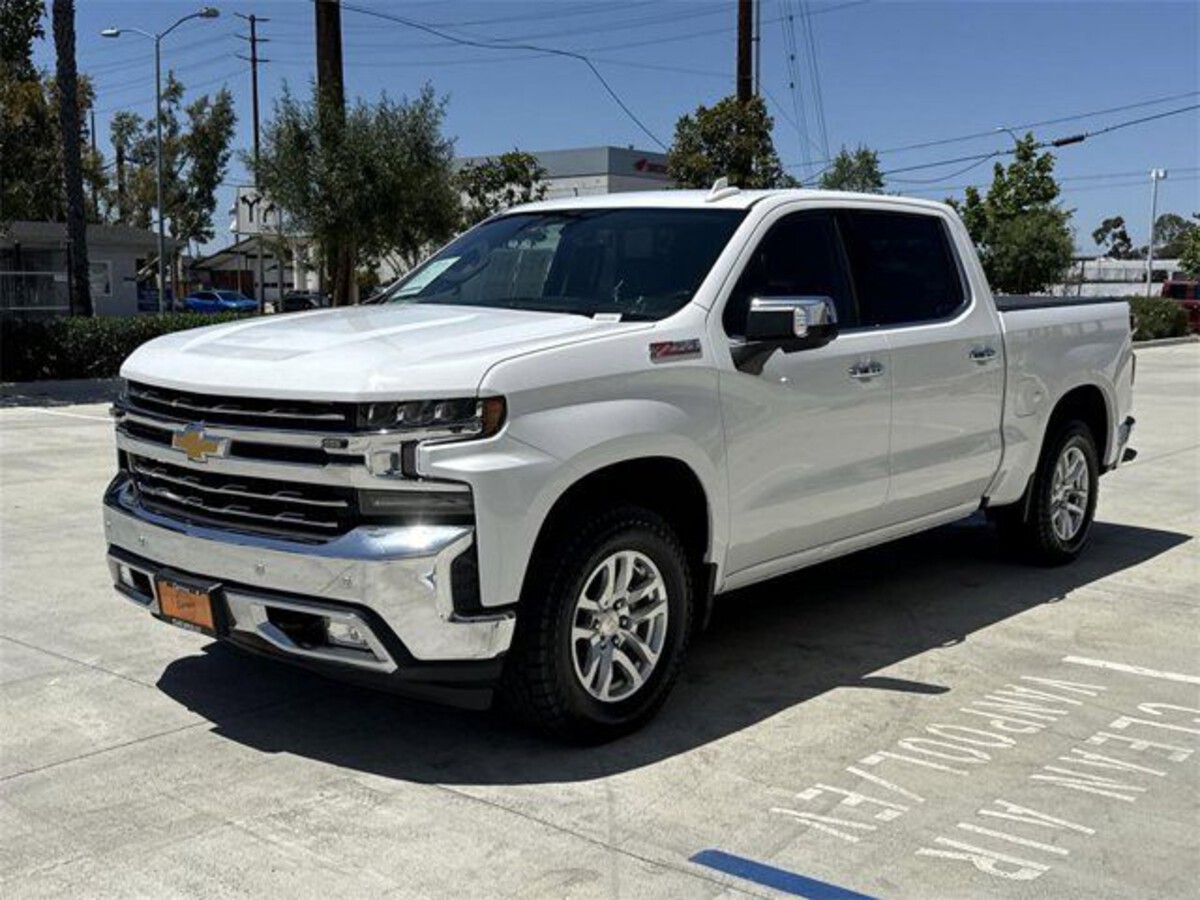
4. Chevrolet Silverado 1500 (Z71 and LTZ trims)
The Chevrolet Silverado 1500 has a mixed reputation when it comes to depreciation, but that’s largely dependent on trim levels and how the truck is used. When looking specifically at the Z71 and LTZ trims, however, the story changes significantly.
These models strike an excellent balance between functionality, comfort, and off-road performance, and they retain value better than both the base and ultra-premium variants. After five years, a well-maintained Z71 or LTZ Silverado can retain around 60–65% of its value, especially if paired with the reliable 5.3L or 6.2L V8 engine.
The Z71 package is a standout because it caters to the growing market of off-road enthusiasts. It includes upgraded shocks, skid plates, a locking rear differential, and specific suspension tuning that makes it more capable on trails and rugged terrain.
The LTZ trim, meanwhile, leans into luxury without going overboard. It offers leather seating, premium audio, and advanced infotainment, making it appealing to family buyers and small business owners alike. These features, combined with solid mechanicals, mean that these trims are always in demand in the secondhand market.
Chevy’s engine lineup has helped the Silverado maintain its resale performance. The 5.3L V8, in particular, is a workhorse that balances power and efficiency. The optional 6.2L V8 is more performance-oriented and popular among buyers who tow regularly.
Unlike some other brands that rely heavily on small turbocharged engines, the Silverado’s naturally aspirated and larger-displacement engines are perceived as more durable and less prone to costly repairs over time.
There’s also the matter of fleet appeal. Many Silverados—especially WT (Work Truck) and Custom trims—are used heavily in commercial fleets, and while these see rapid depreciation, they create demand for higher trims among private buyers who want more features and less wear.
The Z71 and LTZ models are often seen as having been gently used and better maintained, thus commanding higher resale value. Used truck buyers frequently prioritize low-mileage LTZ or Z71 Silverados over similar trucks in base trims with fewer creature comforts.
Though Chevy has had occasional missteps with interior quality and infotainment issues, the Silverado 1500 has largely improved year after year. The strength of the powertrain, combined with its workhorse reputation, ensures that buyers still trust it. In the right trim, the Silverado can be a very smart choice for buyers looking for long-term value and a good return on investment.
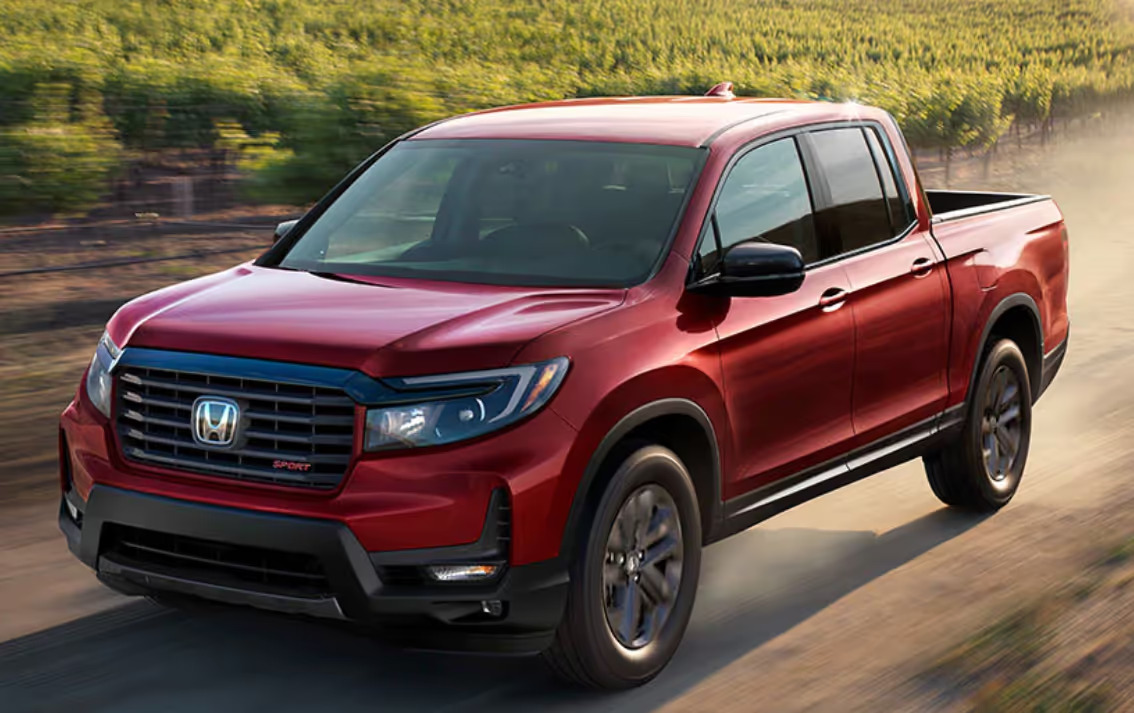
5. Honda Ridgeline
The Honda Ridgeline often flies under the radar in truck conversations, but savvy buyers and analysts consistently point to it as one of the best value-retaining pickups available. Unlike traditional body-on-frame trucks, the Ridgeline is built on a unibody chassis shared with the Honda Pilot SUV.
This makes it ride more like a crossover and less like a truck, appealing to a different but increasingly large market of urban and suburban truck buyers. After five years, the Ridgeline retains 60–70% of its value, placing it ahead of many full-size competitors despite not being a “traditional” truck.
What makes the Ridgeline valuable in the resale market is its practicality. It’s ideal for light-duty hauling, weekend projects, and family transportation.
The 3.5-liter V6 engine is one of Honda’s most dependable powerplants, and it offers a smooth, quiet ride that makes it suitable for people who need a truck’s utility but don’t want to sacrifice comfort or drive quality. Unlike other trucks that can feel heavy and cumbersome in city traffic, the Ridgeline behaves like a well-balanced SUV with an open bed.
The interior also holds up remarkably well. Honda’s approach to quality materials and user-friendly controls means that even older Ridgelines still feel modern and refined.
Standard features like tri-zone climate control, Apple CarPlay/Android Auto, and Honda Sensing safety tech add long-term appeal for families and professionals alike. It also features clever innovations like an in-bed trunk and dual-action tailgate, which are unique in the segment and add to its practical appeal.
Another strong point is reliability. Honda consistently ranks among the top automakers for long-term dependability, and the Ridgeline is no exception.
Many owners report minimal issues even after years of use. Because Ridgeline buyers tend to treat their vehicles gently—no harsh off-roading or heavy towing—the average used Ridgeline is often in excellent condition, further enhancing resale value.
In the resale world, niche appeal can sometimes beat broad popularity. The Ridgeline may not be a rugged work truck, but it does what it sets out to do incredibly well.
For a growing segment of buyers who want a capable, low-maintenance, comfortable truck for everyday use, the Ridgeline hits the mark. Its resale strength reflects a loyal, satisfied customer base that recognizes quality over brute strength.
5 Pickup Trucks That Lose Half Their Value in 5 Years
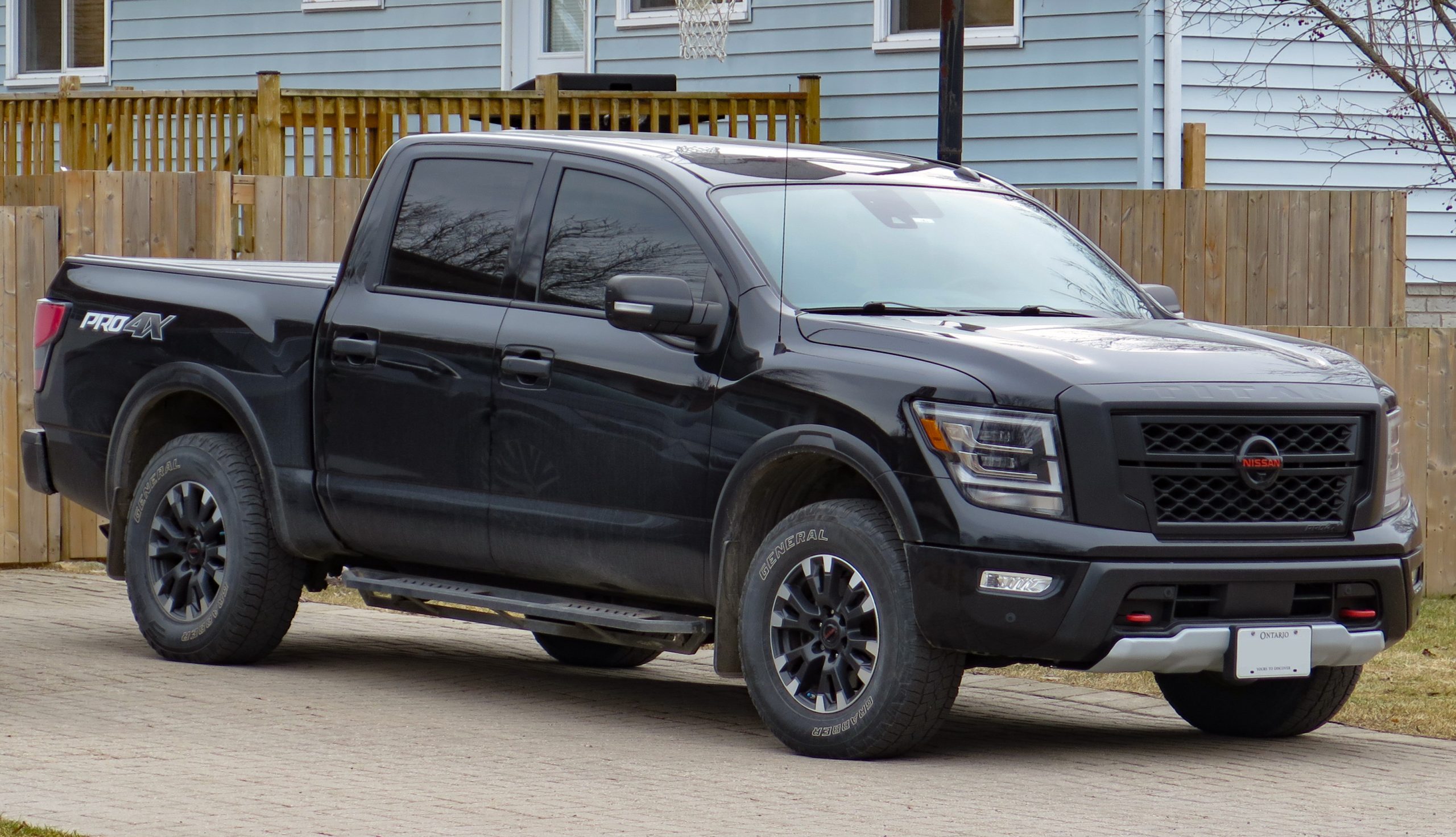
1. Nissan Titan
The Nissan Titan is a prime example of a pickup that struggles with resale value, often losing 50% or more of its original cost within five years.
Despite offering a powerful engine, decent towing capacity, and a competitive feature set, the Titan has failed to capture significant market share in the fiercely competitive full-size truck segment. That lack of popularity trickles down into the used market, where lower demand translates directly into faster depreciation.
Mechanically, the Titan isn’t a bad truck. The 5.6-liter Endurance V8 is robust and provides solid power output. The issue isn’t performance—it’s perception.
Buyers looking for a full-size pickup tend to gravitate toward the “big three”: Ford, Chevy, and Ram. These brands dominate mindshare, dealership networks, aftermarket support, and long-term trust. As a result, even though the Titan can match some of their specs, it’s often seen as a distant fourth option.
Another reason for the Titan’s rapid depreciation is Nissan’s inconsistent commitment to the model. Over the years, the Titan has seen delayed updates, a failed attempt at creating a heavy-duty “XD” version that straddled segments, and eventually, limited production.
In 2020, Nissan announced it would withdraw the Titan from the Canadian market entirely, and the truck’s presence in the U.S. has also diminished. This instability discourages potential buyers, both new and used, from investing in a vehicle that may be discontinued.
Interior quality and technology have also lagged behind competitors. While Nissan has made strides in recent years, earlier models (2017–2019 in particular) suffered from bland materials and outdated infotainment systems.
Used truck buyers notice this, especially when similarly priced Ford or Chevy trucks offer better interiors, advanced driver aids, and higher trim appeal. Even when similarly equipped, the Titan often feels like an inferior value proposition, which further erodes resale confidence.
Dealers are also less aggressive in pricing used Titans on trade-ins. Because they’re harder to move off the lot and draw fewer interested buyers, trade-in values are significantly lower than competitors.
This ultimately discourages current owners from keeping their Titans long-term, creating a feedback loop of high depreciation. While loyal owners may enjoy the truck’s solid powertrain, resale metrics paint a clear picture: the Titan is one of the most depreciated full-size pickups on the market.
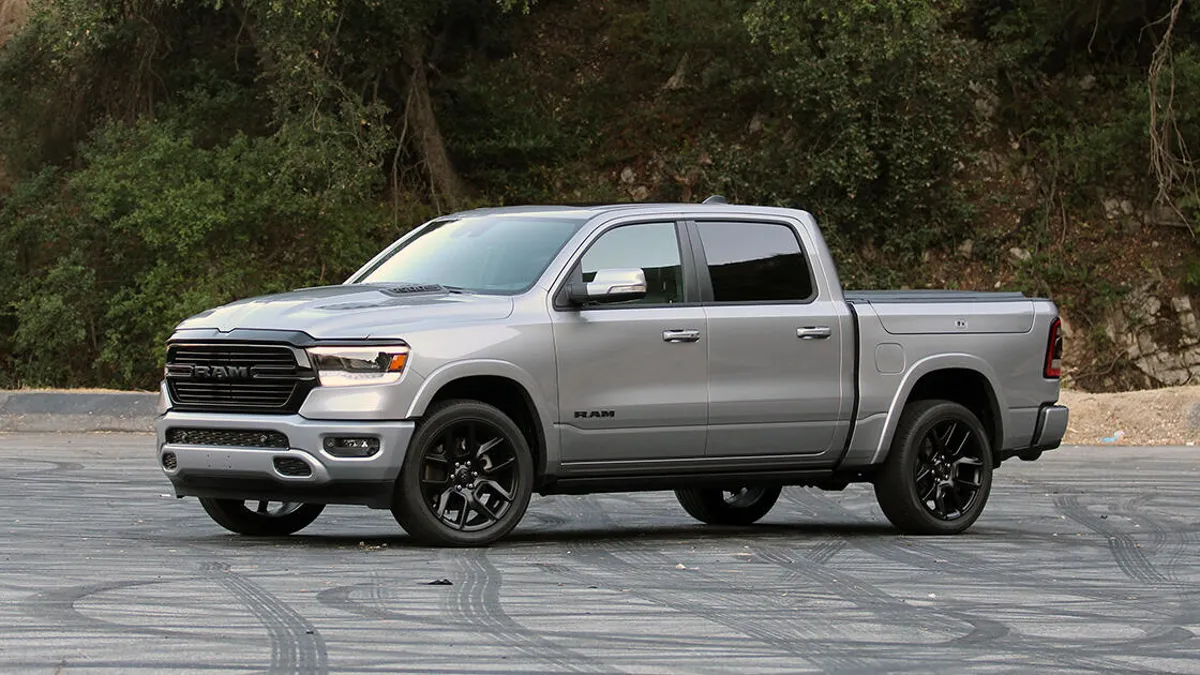
2. Ram 1500 (Laramie Longhorn & Limited Trims)
The Ram 1500 is a bit of a paradox. While it’s often praised for having the most refined ride and interior in its class, it also suffers from steep depreciation—especially in its upper trims like the Laramie Longhorn and Limited. These high-end models often see more than 50% value loss in just five years, making them poor choices for buyers concerned with resale.
At first glance, this seems counterintuitive. The Ram 1500 offers excellent comfort, especially thanks to its rear coil-spring suspension and plush cabins.
But in the resale market, luxury features in trucks often don’t hold their value well. Buyers of used trucks tend to prioritize function over form, and expensive leather interiors, 12-inch infotainment screens, and wood-grain accents don’t translate into equivalent resale value. These features drive up the new cost, but offer minimal return on the used market.
Another contributing factor is brand perception. Despite vast improvements in quality over the past decade, Ram still fights a lingering reputation for reliability concerns.
Older models—especially before the 2019 redesign—saw issues with electrical systems, transmission glitches, and UConnect software malfunctions. This mixed reliability history affects confidence in buying used, leading many potential buyers to lean toward Ford or Chevy instead, even if the Ram is more luxurious.
Heavy discounting at the dealership level also harms resale. Rams are frequently offered with large incentives and rebates, which reduces the true transaction price far below MSRP. While this might be good for new buyers, it wreaks havoc on resale metrics.
A truck that sells for $60,000 new but is bought with $8,000 in rebates already starts depreciating from a lower baseline. As a result, even if a buyer pays full sticker, the market doesn’t treat that number as the truck’s real value.
Finally, leasing plays a significant role. Many high-trim Ram 1500s are leased rather than bought outright. After three years, these trucks flood the used market in off-lease sales, pushing prices down.
The oversupply of well-equipped used Rams makes it harder for individual sellers to command strong resale prices, further contributing to the depreciation spiral. If you’re buying a Ram 1500, mid-level trims like the Big Horn tend to hold their value better—avoid the upper echelon if resale matters.
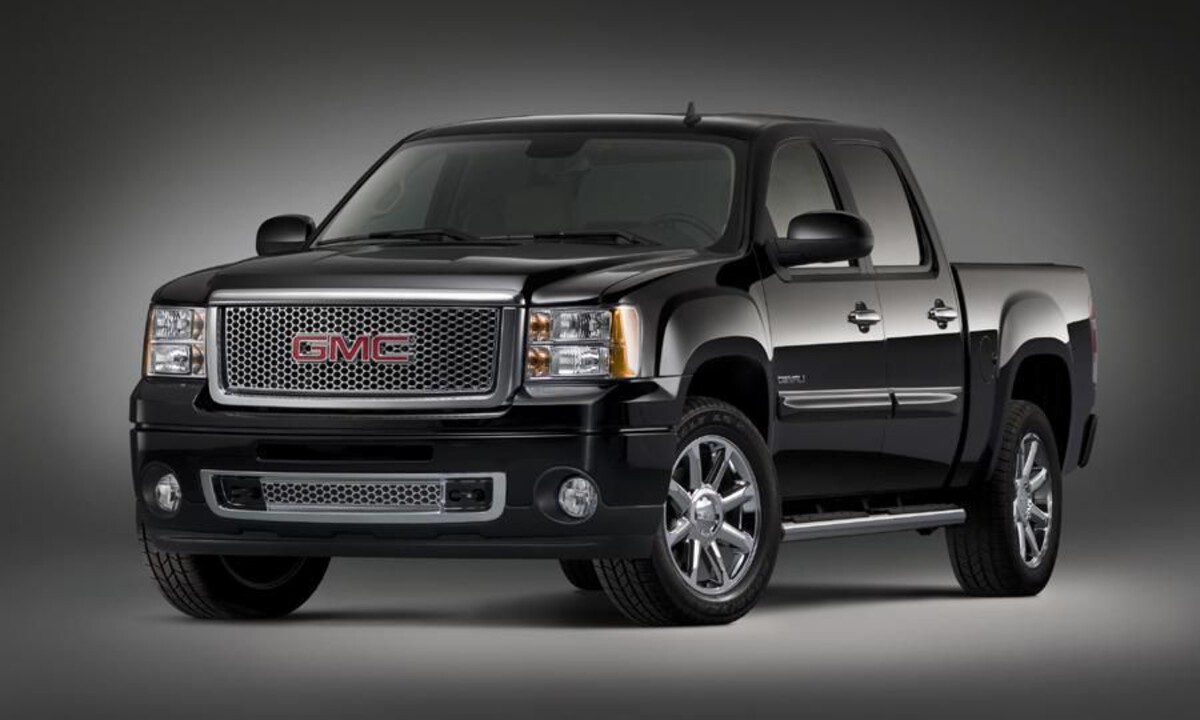
3. GMC Sierra 1500 Denali
GMC markets the Sierra 1500 Denali as a premium truck designed to compete not only with high-end trims from Ford and Ram but also with entry-level luxury SUVs.
However, the reality is that Denali models suffer heavy depreciation over time, often losing more than 50% of their original value in just five years. For a vehicle that frequently crosses the $70,000 threshold when new, this is a bitter pill for many owners to swallow.
One reason for Denali’s steep drop is that it sits in a tough niche. While it boasts chrome trim, adaptive ride control, and a well-appointed interior, it still shares much of its DNA with the standard Sierra.
Buyers who spend more on the Denali expecting a dramatic upgrade often find the value proposition underwhelming. To the average used truck buyer, the additional luxuries don’t justify a big price premium over the base SLT or SLE trims, leading to lower demand and resale prices.
Another issue is brand overlap with Chevrolet. The Silverado and Sierra share platforms, engines, and even design elements. This reduces the Denali’s uniqueness in the used market.
Many buyers realize they can get a similarly equipped Silverado for less money, or step into a more reliable Toyota or Ford for comparable cost. Even in luxury form, the Denali doesn’t stand out enough to command loyalty or premium resale pricing.
There are also concerns about long-term reliability. While GMC has improved build quality in recent years, Denali models—loaded with electronics, adaptive suspensions, and advanced infotainment systems—are more prone to expensive post-warranty issues. Used truck shoppers are often hesitant to take on those risks unless the price is deeply discounted, which drives down resale.
Lastly, resale value is impacted by perception. The Denali name once carried prestige, but in today’s market, it’s seen by many as an appearance package rather than a performance upgrade.
For discerning buyers, it doesn’t justify the added cost, and for budget-conscious used buyers, it seems overly extravagant. The result is a luxury truck that depreciates like a luxury car—fast and hard.
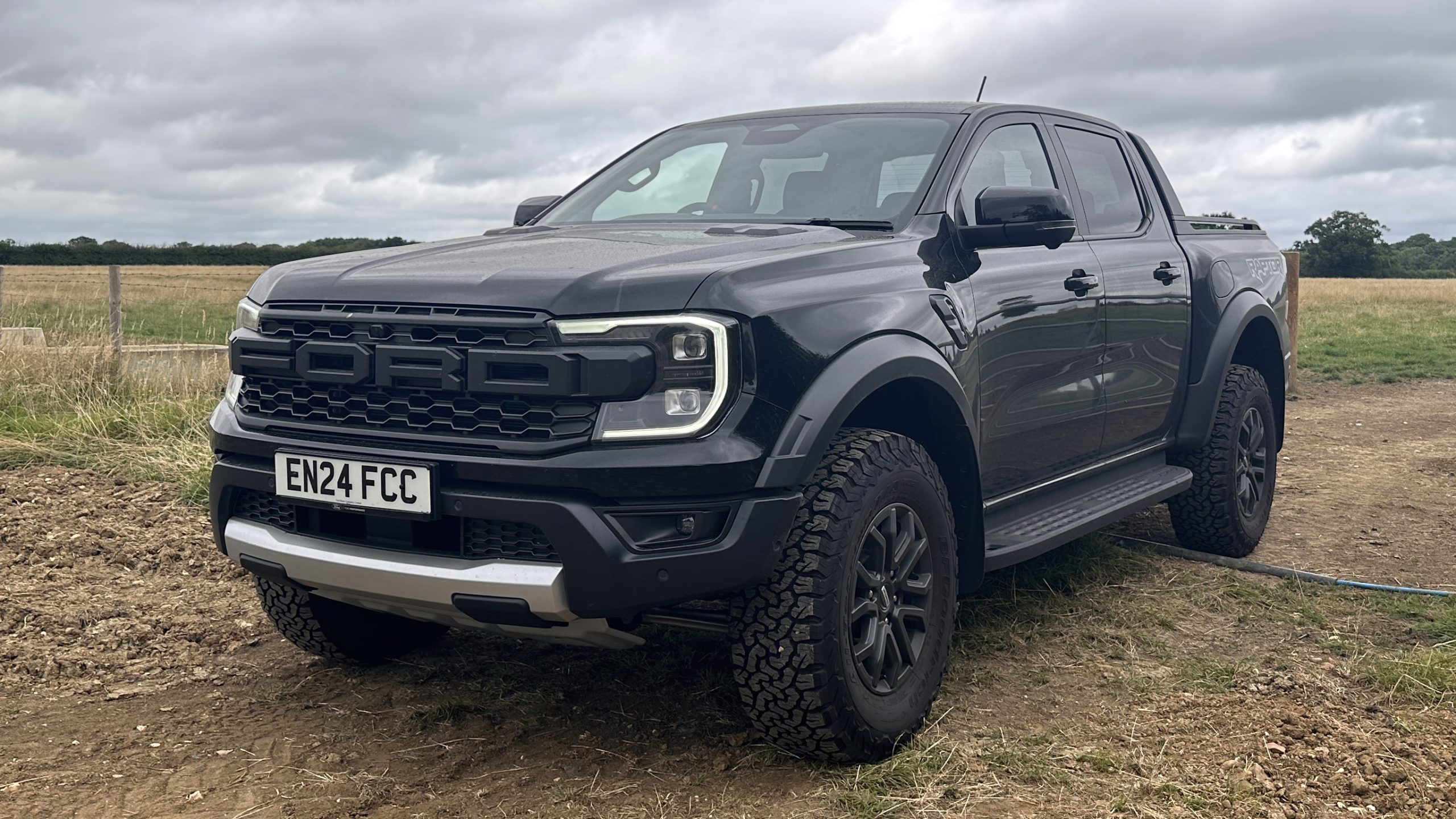
4. Ford Ranger (2019–2021 models)
After a long hiatus, Ford reintroduced the Ranger to the U.S. market in 2019 with high expectations. Positioned as a midsize alternative to the dominant Toyota Tacoma, the Ranger had solid specs on paper—an efficient turbocharged engine, a high towing capacity for its class, and modern safety features.
But despite the buzz, the 2019–2021 Rangers depreciate rapidly, with many owners seeing 50% or more value loss in five years. A major contributor to this depreciation is the truck’s underwhelming reception.
While it offered power, many drivers criticized the ride quality, interior design, and lack of refinement compared to rivals. The cabin, in particular, was panned for feeling dated and cramped, especially in lower trims. Even though it featured Ford’s SYNC infotainment system, it lagged behind competitors in fit, finish, and comfort.
The Ranger’s turbocharged 2.3-liter EcoBoost engine also raised eyebrows. While capable and efficient, it relies heavily on forced induction and complex electronics—factors that concern used truck buyers looking for simplicity and durability.
The Tacoma, by contrast, offers naturally aspirated engines known for their longevity. Many used buyers shy away from turbocharged trucks unless there’s a clear advantage, and the Ranger didn’t offer one substantial enough to justify its complexity.
Market saturation has played a role too. With several midsize trucks now competing for attention—the Colorado, Tacoma, Ridgeline, Frontier—the Ranger has struggled to carve out a unique niche.
It doesn’t excel in off-road capability like the Tacoma or comfort like the Ridgeline, making it a middle-of-the-pack choice. This “jack of all trades, master of none” identity means it gets overlooked in the resale market.
Ford has since updated the Ranger and introduced new trims like the Tremor, but the early years remain a warning sign. For buyers of the 2019–2021 models, resale losses have been substantial, particularly in fleet-used or lower-trim versions. While it may still be a solid truck for the right buyer, the Ranger’s resale history makes it a cautionary tale for anyone concerned about long-term value.
5. Chevrolet Colorado (Base and WT trims)
The Chevrolet Colorado was once a breath of fresh air in the midsize truck market, offering more modern features and better ride quality than the aging Toyota Tacoma. But over time, its base and Work Truck (WT) trims have become some of the worst in terms of value retention.
After five years, these versions of the Colorado often lose more than half of it’s value. The base and WT trims are primarily marketed toward commercial users and fleet buyers who prioritize low cost over features.
These trucks see hard use, high mileage, and minimal cosmetic care. When they hit the used market, they’re often perceived as worn out and less desirable than well-maintained consumer trims. This results in poor resale prices, which weigh down the overall depreciation numbers for the Colorado lineup.
The powertrain options on base models also play a role. The standard 2.5-liter four-cylinder engine in the base trim lacks the power and refinement expected by many modern buyers.
While efficient, it feels underpowered compared to the 3.6-liter V6 available in higher trims. This leads many used truck shoppers to skip the base and WT trims in favor of the V6 versions or rival models altogether.
Interior quality in the lower trims is another factor. Hard plastics, minimal sound insulation, and basic tech make these models feel dated quickly. In an era where buyers expect connectivity and comfort even in work trucks, the base Colorado feels behind the times. This perception pushes prices down further when these trucks come up for resale.
Lastly, competition from other midsize trucks exacerbates the problem. The Toyota Tacoma, Honda Ridgeline, and even the Ford Ranger offer stronger resale values, and their base models often feel more modern or capable.
As a result, the Colorado’s base trims struggle to attract buyers willing to pay a premium, leading to their steep depreciation. For those prioritizing resale value, it’s a trim level worth avoiding.
ALSO READ: 5 Trucks with the Best CNG/LPG Options and 5 Without Alternative Fuels
Choosing a pickup truck is more than picking a vehicle that fits your immediate needs; it’s about making a long-term investment. As we’ve seen, resale value plays a critical role in that investment’s overall success.
A truck that holds its value well saves you thousands of dollars when it’s time to sell or trade in, effectively reducing your total cost of ownership. On the other hand, a truck that depreciates rapidly can leave you with a financial loss that far outweighs any initial savings on the purchase price.
The five trucks highlighted for their exceptional resale value—like the Toyota Tacoma, Ford F-150, and Honda Ridgeline—share common traits that make them standout performers in the used market. They are reliable, well-supported by their manufacturers, and maintain strong brand loyalty.
Their engines and transmissions have proven longevity, their trims balance features with practicality, and their reputations inspire confidence in secondhand buyers. These qualities translate into stronger demand and better prices, even years after their initial sale.
Conversely, trucks like the Nissan Titan, upper-trim Ram 1500s, and base Chevrolet Colorado trims often lose half or more of their value in five years due to a combination of factors. Market perception plays a huge role; a lack of brand prestige or inconsistent model updates can erode buyer interest.
Mechanical complexity, less favorable reliability reports, and over-saturation of certain trims in the used market also accelerate depreciation. Even trucks that seem attractive at first glance may fail to hold value if the overall market perceives them as less dependable or desirable.
Understanding these dynamics empowers buyers to look beyond the surface. A flashy new truck loaded with bells and whistles may impress at first, but if it loses half its value in a few years, it may not be the wisest financial decision.
On the flip side, a midsize pickup with proven durability and a loyal following might offer a better blend of performance and financial sense, even if it lacks the flashiest interior or the latest tech.
It’s also worth noting that personal use patterns impact depreciation. Trucks used heavily for work, towing, or off-roading tend to depreciate faster due to wear and tear.
Choosing a model known for durability and keeping it well-maintained can mitigate some depreciation. Additionally, selecting trim levels that align with market demand—neither too basic nor overly luxurious—can protect value.
Finally, the pickup truck market continues to evolve rapidly. Electrification, hybrid models, and new technologies are reshaping buyer expectations and resale trends. Staying informed and understanding how these innovations affect depreciation will be crucial for buyers in the coming years. For now, sticking with proven models that offer a strong resale track record remains a smart strategy.
In summary, resale value isn’t just a number—it’s a reflection of quality, reputation, and market confidence. Whether you’re buying your first truck or upgrading to your next, paying attention to resale trends can save you significant money and headaches in the long run.
By choosing wisely, you can enjoy the power, versatility, and style of a pickup truck without the financial sting of rapid depreciation.

